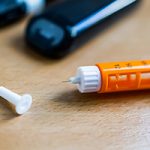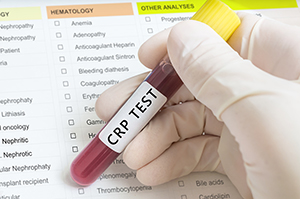 However, more than half of Asian Americans and nearly half of Hispanic Americans with diabetes are undiagnosed, according to researchers from the National Institutes of Health and the Centers for Disease Control and Prevention.
However, more than half of Asian Americans and nearly half of Hispanic Americans with diabetes are undiagnosed, according to researchers from the National Institutes of Health and the Centers for Disease Control and Prevention.
Using newly available 2011-2012 data from the CDC’s National Health and Nutrition Examination Survey (NHANES), researchers were able to quantify diabetes prevalence for Asian Americans for the first time and found that they have the highest proportion of diabetes that was undiagnosed among all ethnic and racial subgroups studied, at 51 percent.
Diabetes was also common in Asian Americans, at 21 percent. Hispanic Americans had the highest prevalence of diabetes at nearly 23 percent, with 49 percent of that undiagnosed.
One difference between Asian Americans and the other groups studied, however, is that Asian Americans often develop type 2 diabetes at a lower body mass index (BMI). The NHANES data showed the average BMI for all Asian Americans surveyed was under 25. For the U.S. population overall, the average BMI was just below 29. A BMI of 25 to under 30 is considered overweight, and a BMI of 30 or greater is considered obese.
The American Diabetes Association recommends Asian Americans get tested for diabetes at a BMI of 23 or higher, a lower BMI threshold than the general population.
“The large proportion of people with undiagnosed diabetes points to both a greater need to test for type 2 diabetes and a need for more education on when to test for type 2 diabetes, especially since populations such as Asian Americans may develop type 2 at a lower body mass than other groups,” said the study’s senior author, Catherine Cowie, Ph.D., director of diabetes epidemiology programs at the NIH’s National Institute of Diabetes and Digestive and Kidney Diseases (NIDDK).

























